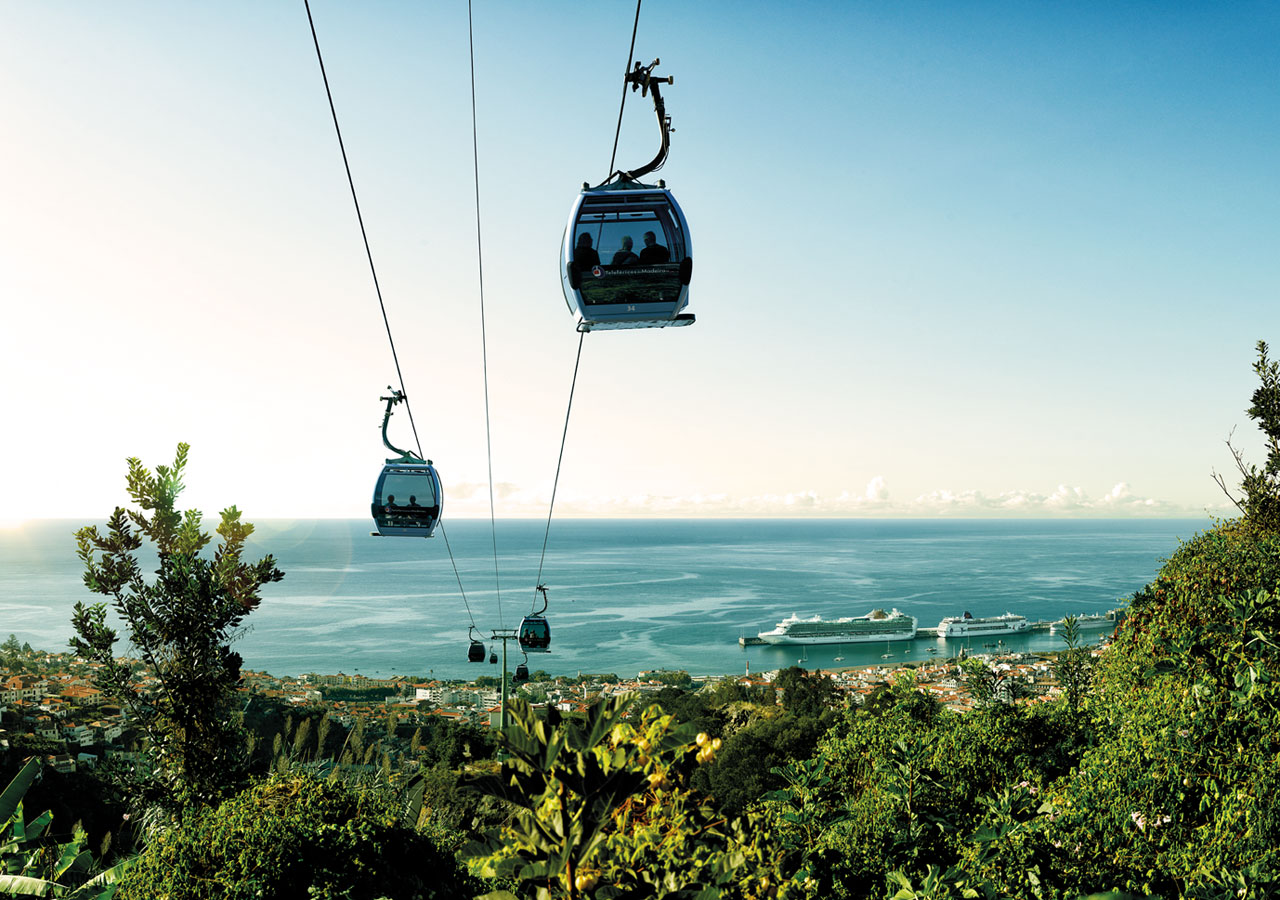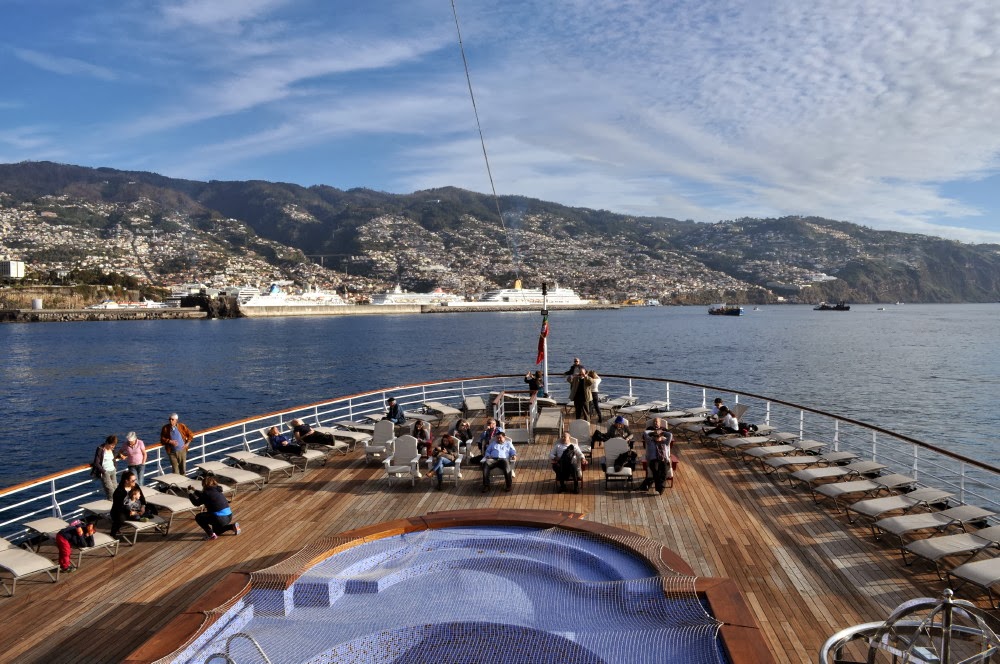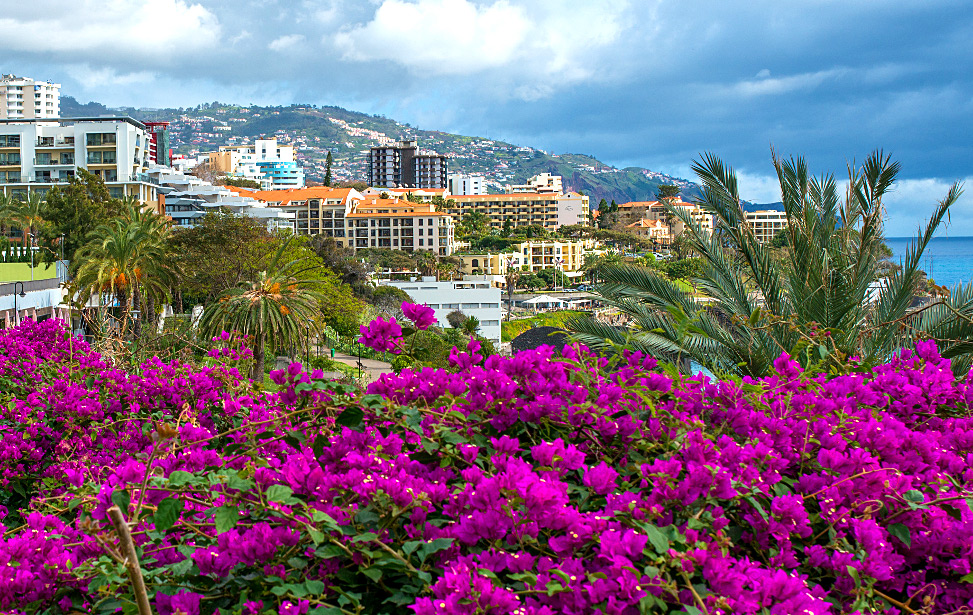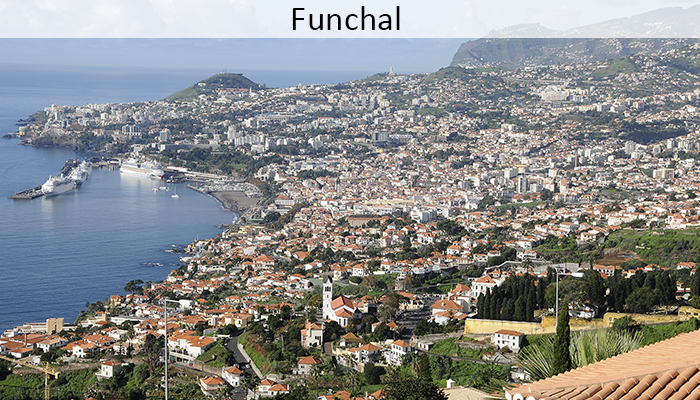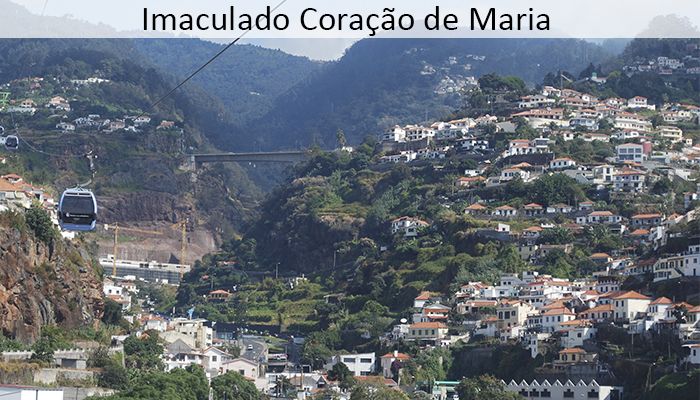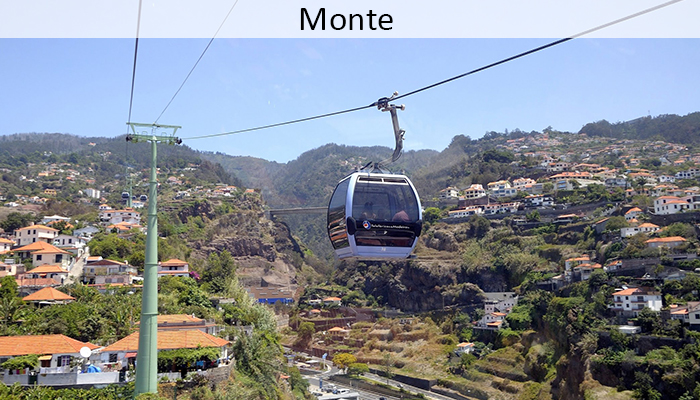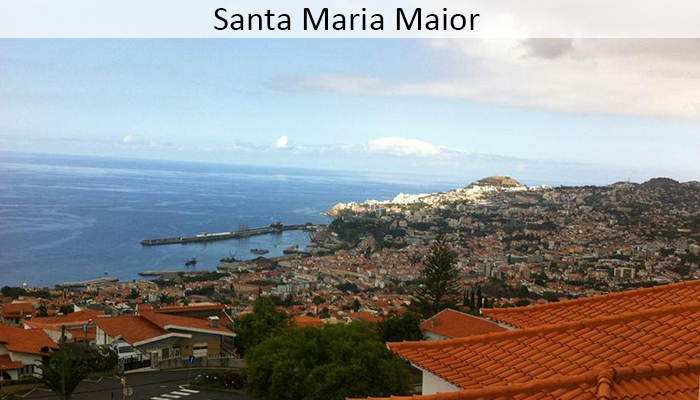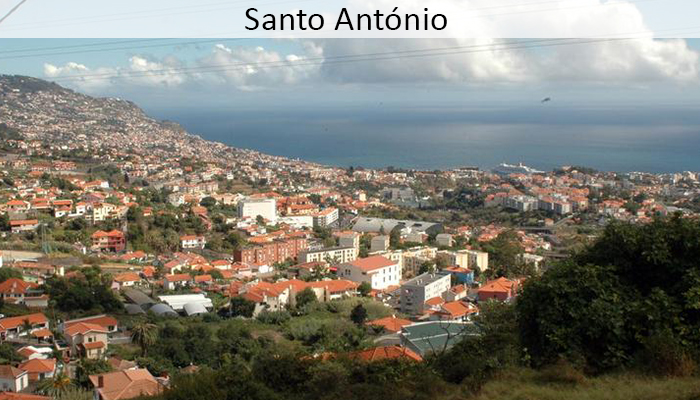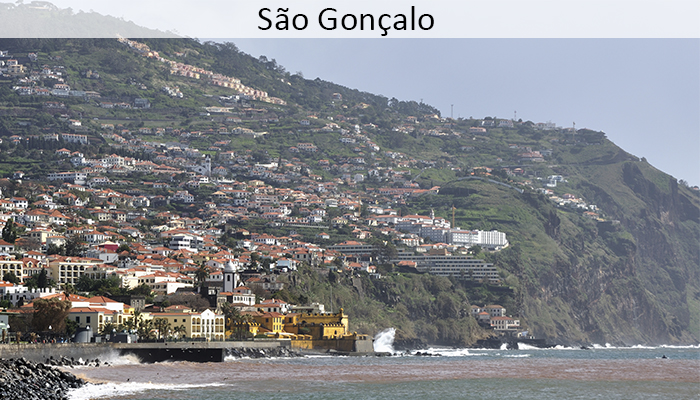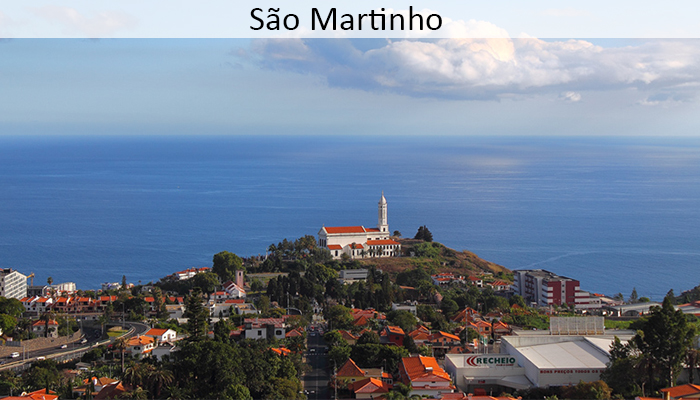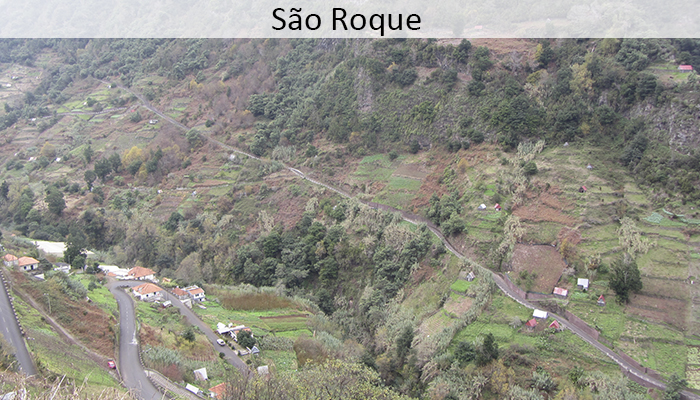Funchal
Funchal is the capital of Madeira, being a city with little more than 500 years, founded in 1508, its name comes from a sycamore herb with sweet smell, “Foeniculum vulgare”, also known as fennel, this herb quite abundant when its settlement. Currently, Funchal is the largest tourist, commercial and cultural center of the archipelago, which offers a range of leisure activities, sports, cultural and natural. Funchal county stretches from the level of the sea to Pico do Areeiro and consists of ten parishes: Imaculado Coração de Maria, Monte, Santa Luzia, Santa Maria Maior, Santo António, São Gonçalo, São Martinho, São Pedro, São Roque and Sé.
The Imaculado Coração de Maria was elevated to parish on November 26, 1954, due to a major overhaul of Funchal, to meet the needs of tourism, so there was a migration to the development of the construction industry in Funchal, with an increase of the person on the slopes of Funchal, forcing the creation of new parishes, including theImaculado Coração de Maria.
The village of Monte was built to February 9, 1565, based on devotion to Our Lady of Mount, which is from devotion since the fifteenth century, when in 1803 this came to be evoked as patroness of the island of Madeira and in 1818 the church was dedicated in his honor.
The parish of Santa Luzia was erected by decree of D. Pedro II of December 28, 1676, it was initially built a small chapel and later expanded between 1719 and 1741, a new building was made.
Already the parish ofSanta Maria Maior, which was known as Santa Maria do Calhau, it was created by the first settlers of the captaincy of Funchal and despite not being an official institution, between 1425 and 1430, was already a parish.
Titling is parish since 1566, St. Anthony, is currently one of the most populated parishes of Funchal and is set in a vast area between the Pico dos Barcelos viewpoint and the various loins.
Created in 1558, the parish of São Gonçalo initially had his church in the twentieth century, containing an image of Our Lady, designed by Francisco Franco, which was offered by Henrique Vieira de Castro to the parish of Sao Goncalo in 1921.
The lands of the parish of São Martinho were dismembered the parish of St. Peter, in the late sixteenth century. In the late nineteenth century, it was built the first church and is only completed in the next century, and from 1940 to near that passed the cemetery and its chapel became a funeral.
Between the fifteenth and sixteenth century, the most well-off families, changed course and chose the slopes of Funchal, along the Ribeira Grande, for the construction of homes of the families of captains of Funchal. With its development, São Pedro became a parish in 1566.
Parish since 1579, São Roque saw lift the old chapel of São Roque, in the sixteenth century by the residents who had help camarários funds, since San Roque was one of the patron saints of Funchal, protecting the population against the plague and disease .
The parish of Sé was known to Santa Maria Maior, and was the successor of the first parish of Funchal, also installed with the first settlers. In 1500, it was started the construction of its first church, being completed in 1508, with the blessing of its walls.
